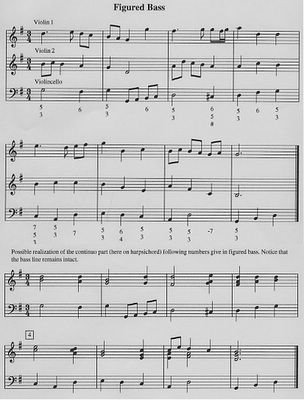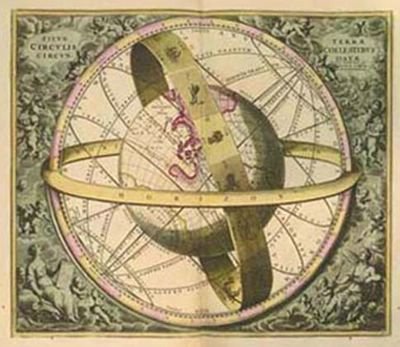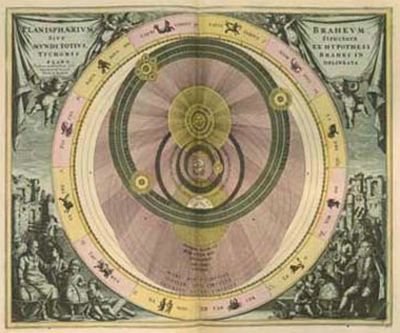Dance Music in the High Renaissance
Social dancing has been part of human activity from the earliest times. Social dancing furnished its practitioner with the opportunity to have amiable interactions with other members of his social group, meet potential mates and to advertise to them desirable physical traits as stamina and strength, and to benefit from the exercise inherent in a healthful diversion.
The first Western European dance music that comes to use in recorded, that is, written form is actually quite recent, dating form the the estampie. A larger body of recorded music, the basse danse, comes to use from the late fifteenth century.
Basse danse derives its name from its steps. Here the dancer kept his feet close tot he ground, avoiding high steps. Its music comes to use in collections of melodies. The melodies were played as the lowest voice in the musical texture. Second and third musicians who played higher-pitched instruments then improvised over the basse danse melody.
Basse danse choreography reflected the character of the melodies. The melodies tended to have considerable length, the ones from
By the last decade of the fifteenth century, several important musical developments made the life of the social dancer easier. An important development was the emergence of the basse danse commun, a variant in which the number of measures in each musical phrase was reduced to even numbers usually falling between eight and twelve. Furthermore, dance-step patterns emerged that were universal to the number of measure in the musical phrase.
A second development was the emergence, in the first decade of the sixteenth of new dances and music to accompany them. The music reflected the new dances, and the older longer forms of the basse danse were abandoned in favor of shorter sectional forms.
A preference for eight, ten, and twelve-measure musical periods or sections were evident as early as the first large-scale printed collections of dance music in the 1520s and 1530s. The eight-measure period has remained the musical standard in Western music to this day and is found in music as diverse as the Classic symphony and the American rock 'n' roll tune.
The music forms of the new dances were constructed in sections, each of which was repeated immediately. There was no set number of sections. A dance could contain as few as two sections or as many as five or more. Hence a typical form might be AA' BB' CC'. Each letter represents a different period of music, and the prime mark on the second letter of each pair indicates that the musicians emblished the melody upon repetition. The most typical way to ornament the melody was to connect the principal melody notes with fast runs most typically called passaggi.
The Favored Dances of the High Renaissance
By the 1570s, three dances, the pavan, the galliard, and the allemande, had been established as the most important. The pavan, a slow and serious dance in duple meter (4/4), became a serious vehicle for art music. The galliard was a moderate-tempo dance in triple meter (3/4) and was the most popular of sixteenth-century dances. The allemande, the relative newcomer, was a moderate-tempo dance in duple meter (4/4). The passamezzo, one of the bass frameworks, also survived, especially in Italy. In dances of the second half of the sixteenth century, a bass framework could underpin an entire dance composition, a section of a dance composition, or not be used at all.
The pavan and galliard, under the names pavana and salterello, appeared by the first decade of the sixteenth century. The allemande, which means "German," first appeared around 1540. The allemande had a formal quality. It survived into the seventeenth and eighteenth-century dance suite. Its stately nature lent it to use as processional music and, more importantly, in the dance suite, it became the movement in which the composer sought to make art music. The allemande ultimately evolved into the first movement of the Classic era sonata allegro.
The new dances were important for social reasons, but they were also critical in the development of a functional system of chords. The composers of dance music were largely lutenists. They were among the first to understand chords and apply them as the underpinnings of their compostitions (see "bass frameworks" in the previous lectures).
The lute was one of only a handful of instruments that could play chords. The other instruments were the keyboard (harpsichord, organ) and the harp. Keyboard composers did not participate in the creation of dance music on a significant scale until the end of the sixteenth century. The harp of the day was severely limited in the notes that it could play.
As noted, in the sixteenth and seventeenth centuries, the lute became the most important musical instrument. Skill at playing was developed by members of the educated class, and the aristocratic households always retained at least one professional lutenist. The lutenist did not provide music for dancing, but background music. The music used in dancing was also used for listening, and here the lutenist fulfilled the role taken in modern times by the CD player. The dance music repertory was augmented by the chanson and fantasia, both forms cultivated as part of the "correct" Humanist education.

Girl playing the lute




